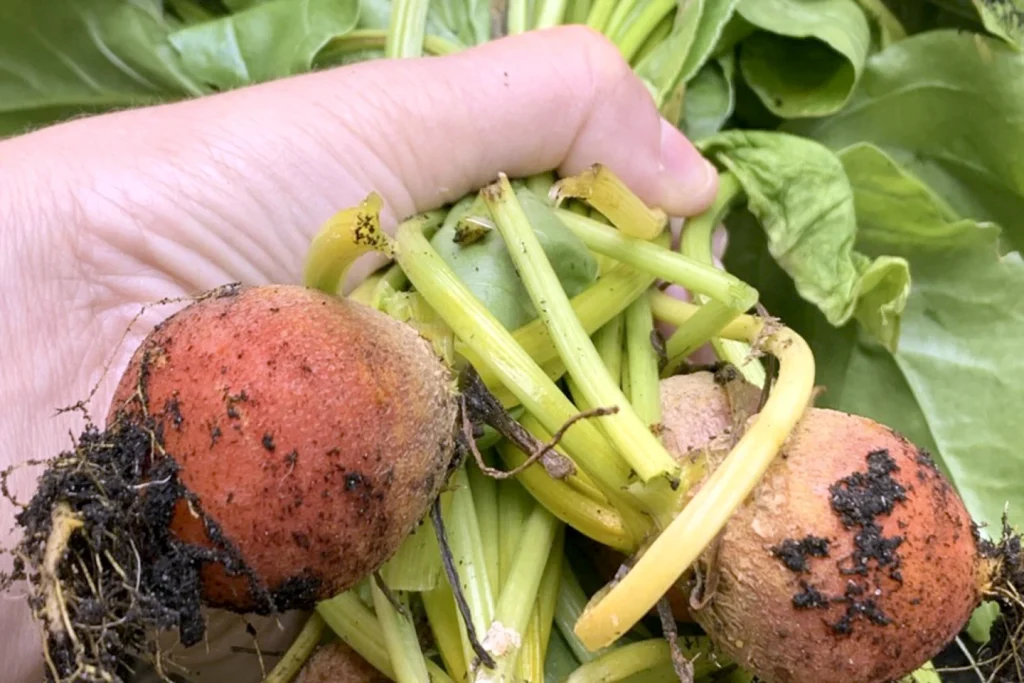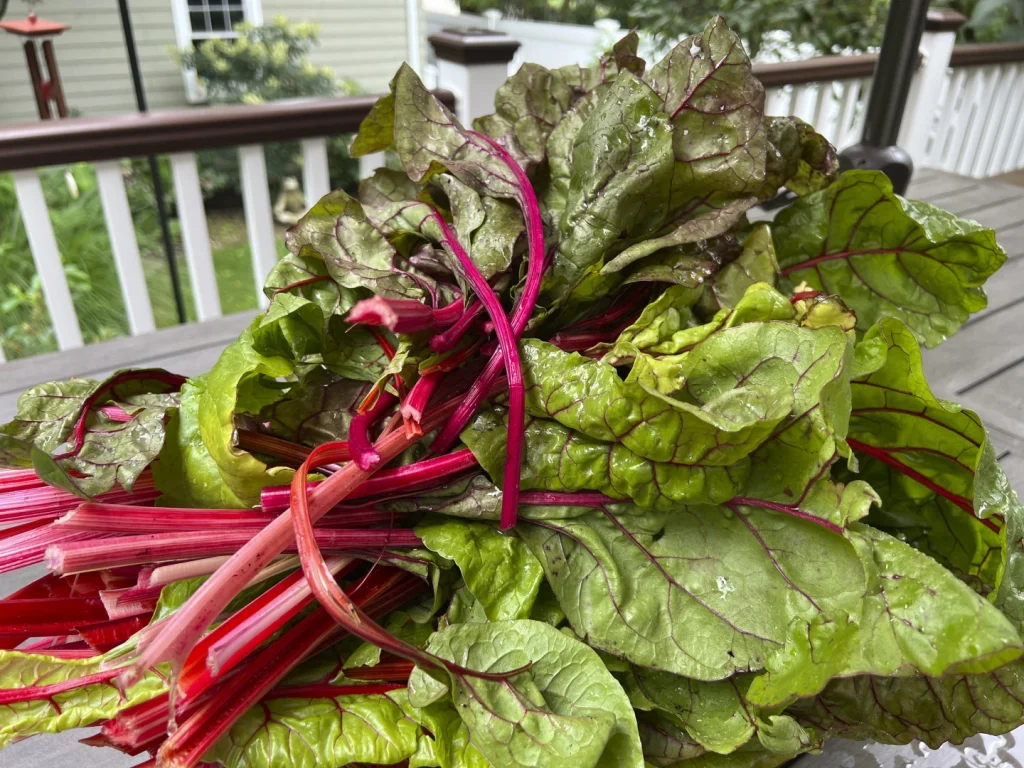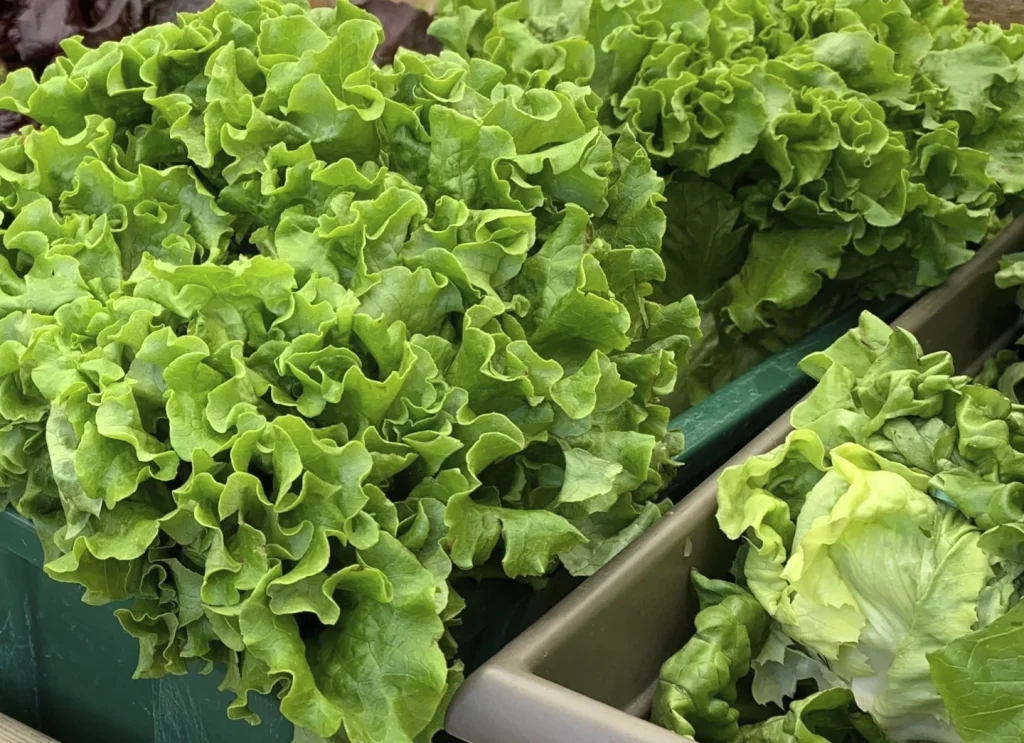As I was engaged in the seemingly simple task of digging up my golden beets last week, a profound realization struck me: the time has come not only to harvest the fruits of my labor but also to sow anew.
Living in Zone 7 of suburban New York, I am acutely aware of the seasonal ebb and flow that governs my gardening endeavors.
With the advent of late summer, it is not merely a time to conclude one cycle; it is an opportunity to initiate another.
The transitional period between summer and autumn offers a unique climate for planting cool-season vegetables and greens, which thrive in the temperate conditions of fall, particularly in regions with three distinct seasons and minimal risk of frost until at least September.
The act of harvesting beets and other cool-season vegetables extends beyond the physical removal of crops from the soil; it encapsulates the broader agricultural philosophy of mindfulness toward seasonal cycles.
Ripe root crops await excavation, while leafy greens must be cut down before they enter the bolting phase—a critical moment when flowering occurs, rendering the foliage bitter and unpalatable.
This moment of harvest presents a dual purpose: to enjoy the bounty of mature crops and to prepare the garden for a second round of planting.
The newfound real estate in the garden is not merely empty space; it becomes a fertile canvas upon which to cultivate new varieties that thrive during the less oppressive temperatures of fall.
The cooling weather of late summer creates a favorable environment for late-season plantings. Pests and diseases generally diminish as temperatures drop, producing a more manageable landscape for the diligent gardener.
Weeds, too, seem to take a backseat as the season transitions, allowing for easier cultivation and maintenance of late-planted crops.
However, it is essential to remain aware of one’s geographical context. Depending on the specific climate nuances in various locations, some plants may require protection from the late-summer sun to prevent sunburn and stress.
In such cases, lightweight row covers, or even unconventional options such as opened rain umbrellas, can provide a vital shield while allowing for essential air circulation.
Among the available crops, beets stand out for their relatively short maturation timeframe of 50 to 70 days.
Planting beets during this late summer window means that by the time autumn officially sets in, gardeners can enjoy a new crop of delectable, sweet beets—a phenomenon attributed to the cooling temperatures that enhance their flavor profile.
Furthermore, the conditions that favor late-season beets often yield vibrant hues, adding visual appeal to the harvest as well.
Other leafy greens, such as lettuce, also deserve attention during this planting window. Typically ready for consumption in 55 to 65 days, lettuce seeds do not germinate well under the intense summer heat; thus, starting seeds indoors or procuring starter plants from local nurseries emerges as a wise strategy for successful cultivation.
Asian greens, including varieties like arugula and mustard greens, present even quicker returns on investment.
With a maturation period of just a few weeks, such crops afford the gardener an expedited pathway to a vibrant and diverse autumn table, with the potential for harvest by the end of the month.
Radishes undoubtedly take the crown for speed, germinating in as little as three weeks to go from seed to salad bowl.
Their rapid growth complements the overarching theme of maximizing productivity in the garden while the cooling weather of late summer sets in.
Meanwhile, the Brassica family—comprising broccoli, Brussels sprouts, cabbage, cauliflower, collard greens, kale, and kohlrabi—intrigues the gardener with its longer maturation timeframe of approximately 60 to 90 days.
Within this extended timeline lies a delightful quirk: these crops often experience enhanced flavor profiles after being kissed by a light frost, defined as temperatures dipping to 32 degrees Fahrenheit.
Such conditions allow for a unique fusion of flavors that challenge the notion of “seasonal” eating, making the pursuit of fall gardening a rewarding endeavor.
As urban gardening and sustainable practices gain prominence, the discourse surrounding the timing and selection of crops continues to expand.
Many gardeners, particularly those constrained by limited space or a short growing season, often overlook the potential for late summer planting.
This essay will delve into the myriad benefits of sowing second crops of certain vegetables, including chard, peas, beans, and other fast-maturing greens as the seasons begin to shift from summer to autumn.
Late summer offers a unique opportunity for gardeners to reap multiple harvests from their plots. Among the notable contenders for second planting are chards, which have a relatively short maturation period of 50 to 75 days, as well as peas, which take approximately 60 days to reach harvest readiness.
For gardeners who wish to maximize their yields, beans present an even quicker option, with some varieties maturing in as little as 45 days, while others may take slightly longer, up to 70 days.
Understanding the specifics of each crop is essential. Those interested in late summer planting should consult the seed packets, which provide crucial information regarding maturity dates.
This practice ensures that the crops will reach harvest before the first frosts of autumn descend upon their respective regions.

If the maturity dates are not favorable, gardeners should consider starting seeds indoors earlier in the next growing season. This proactive approach not only allows for optimal harvest intervals but also aligns with seasonal viability.
Among the many fast-maturing crops to consider, crispy choi emerges as an excellent option for quick succession planting. Known for its delightful crunch and vibrant flavor, crispy choi matures in just 45 days.
This versatile green, a variety of Chinese cabbage, can be harvested before side shoots develop, providing ample opportunities for multiple harvests within a single growing season. Furthermore, its rich nutritional profile makes it an attractive addition to any garden.
Gai lōn, often referred to as Chinese kale or Chinese broccoli, presents another opportunity for late summer sowing.
This brassica is not only easier to cultivate than its western counterpart, broccoli, but it also offers the advantage of staggered harvests as the stems and delicate yellow or white flower buds can be picked continuously, typically in as few as 45 days.
The harvesting technique encourages an ongoing supply of fresh greens, allowing the gardener to enjoy the fruits of their labor throughout the late summer and into the early fall.
For gardeners constrained by time, Mizuna stands out as a particularly appealing choice. This Japanese mustard green is renowned for its peppery flavor and unique texture; it makes a remarkable addition to salads and stir-fries.
Mizuna can begin yielding its outer leaves in as little as three weeks, with the entire plant being ready for full harvest in just 35 days.
The speed of growth and versatility of this leafy green make it an excellent candidate for late summer planting, ensuring a swift return on investment for diligent gardeners.
For those fortunate enough to be cultivating crops in the coastal or tropical southern regions, late summer signifies an important transition.
This period is optimal for planting heat-loving vegetables such as tomatoes, peppers, and eggplants. These crops not only thrive in the warm climate but also yield abundant harvests that can be enjoyed well into the fall months.

Timely planting in late summer can extend the growing season, allowing for a late fall harvest that contributes to culinary diversity and personal satisfaction.
In summary, the practice of late summer planting presents an invaluable opportunity for gardeners to maximize their yields and extend the growing season.
By strategically selecting fast-maturing crops such as chards, peas, beans, crispy choi, gai lōn, and Mizuna, gardeners can ensure a continuous harvest that meets both nutritional needs and culinary desires.
Moreover, for those in warmer regions, sowing heat-tolerant varieties can lead to fruitful late fall harvests. The art of gardening thrives on adaptability and foresight, and as such, late summer planting represents a practical and rewarding strategy for both novice and experienced gardeners alike.
Embracing this approach fosters a deeper connection to the land while contributing to personal food sovereignty and ecological sustainability.
